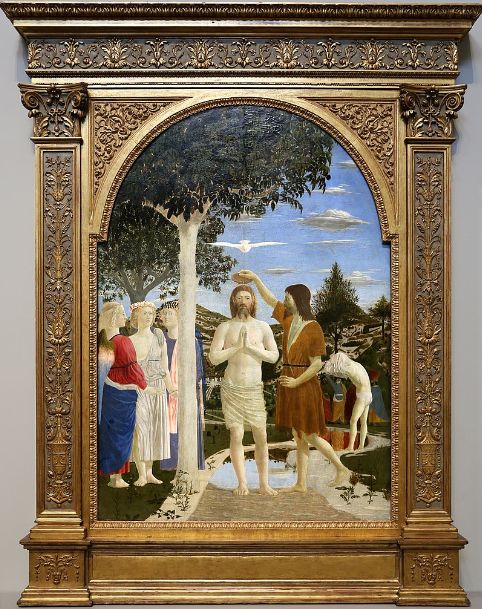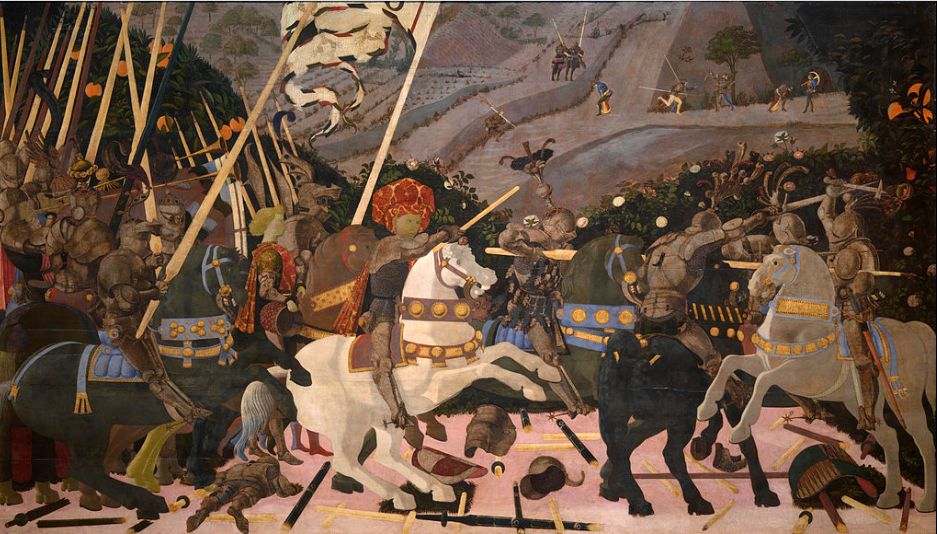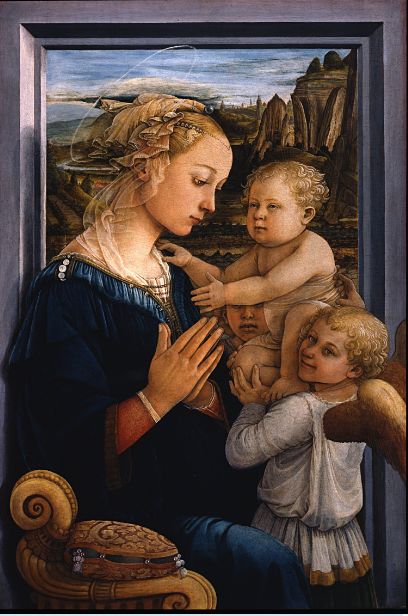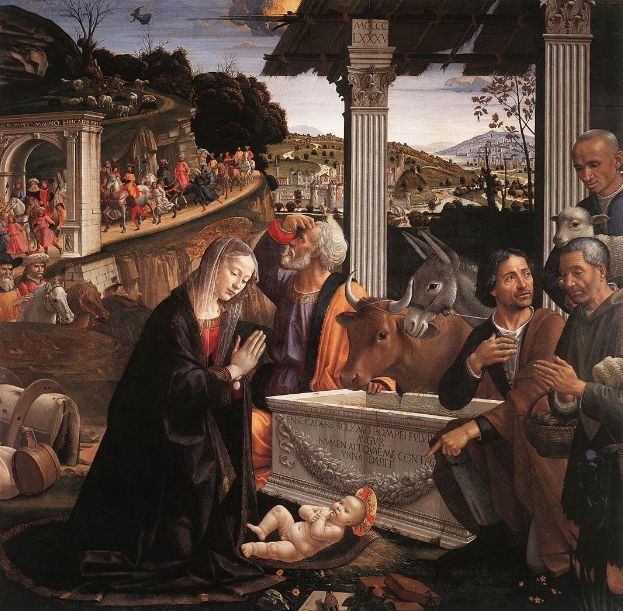15th-century Italy, the birthplace of the Renaissance, saw artists exploring and integrating geometry and natural landscapes into their work, creating masterpieces characterized by scientific precision and aesthetic value. The combination of geometry and landscape painting not only enhanced the visual impact of art but also introduced new methods and concepts in artistic creation.
In 15th-century Italy, geometry was widely applied in art. Artists used geometric principles and perspective to solve the problem of depicting three-dimensional space on a two-dimensional surface. This scientific precision made artworks more lifelike and provided new technical means for artistic creation.

Piero della Francesca was a prominent figure in the application of geometry in art. He was not only an outstanding painter but also a mathematician who wrote treatises on geometric shapes and perspective. In his work "The Baptism of Christ", Piero used precise geometric composition and light handling to create a tranquil and harmonious atmosphere, demonstrating his profound understanding of geometry and optics. This painting, through the perfect combination of mathematics and art, reflects the Renaissance pursuit of both science and art.

Paolo Uccello was known for his obsession with perspective. In his series "The Battle of San Romano", Uccello employed complex perspective techniques to give the paintings a strong sense of depth and space. His precise depiction of geometric forms and experiments with perspective made his works visually striking and academically significant, showcasing his explorative spirit in both science and art.
Simultaneously, landscape painting began to rise in 15th-century Italian art, becoming an essential part of artistic innovation. Artists started incorporating natural landscapes into religious-themed works, enhancing the realism and visual depth of their paintings. This trend reflected the humanist focus on the natural world and demonstrated the artists' detailed observation and depiction of real life.

Filippo Lippi was one of the pioneers in incorporating natural landscapes into his religious paintings. His work "Madonna and Child with Two Angels" is a prime example, where the natural landscape in the background enhances the interaction between the figures. Lippi’s application of natural elements not only added depth to his compositions but also showcased his keen observation of the natural world and its integration into religious themes.

Additionally, Domenico Ghirlandaio extensively used landscape backgrounds in his works, closely integrating religious figures with the real world. In his fresco series at the Santa Maria Novella Church in Florence, Ghirlandaio depicted townscapes and natural scenery, placing biblical stories in specific historical and geographical contexts, thereby enhancing the realism and relatability of the scenes. His works demonstrated the importance of landscape painting in religious art and had a profound influence on subsequent artists.
In conclusion, the application of geometry and landscape painting in 15th-century Italian art marked a significant feature of Renaissance artistic innovation. Through their use of geometry and natural observation, artists not only improved the visual effects and scientific accuracy of their works but also transformed artistic creation methods and concepts. These innovations drew widespread attention at the time and laid a solid foundation for the development of later art. The artistic achievements of the Renaissance were indeed the result of the mutual integration and development of geometry and landscape painting.